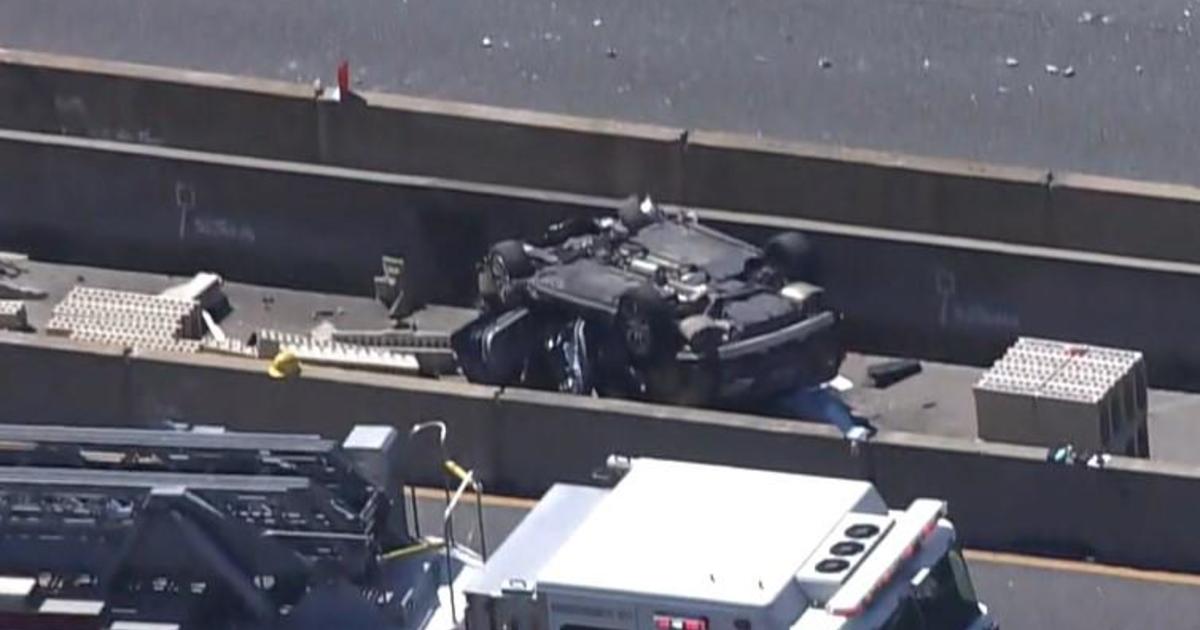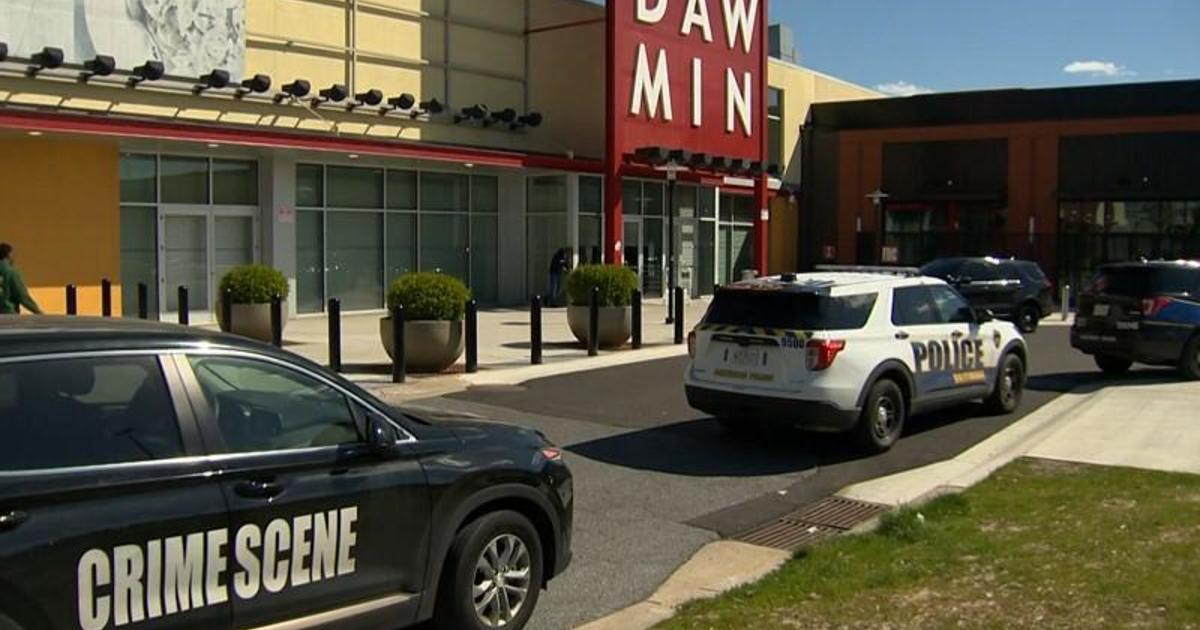NTSB: Amtrak Engineer 'Distracted' In Crash That Killed 8 In Philadelphia
PHILADELPHIA (WJZ/AP)—The NTSB says the engineer of Amtrak 188 was distracted when the speeding train derailed killing eight people last year Philadelphia.
"He went, in a matter of seconds, from distraction to disaster," National Transportation Safety Board member Robert Sumwalt said.
Investigators says Engineer Brandon Bostian was listening to radio transmissions about a train nearby being hit by a rock while he was traveling along the popular Northeast Corridor.
Bostian was apparently so preoccupied listening to the transmissions that he lost track of where he was and accelerated full-throttle to 106 mph as he went into a sharp curve with a 50 mph speed limit, investigators said during a hearing on Tuesday.
The consequence of this incident appeared to have greatly influenced the engineer's actions, leading up to this derailment," investigators said.
The crash once again brings up Positive Train Control (PTC) which investigators say could have prevented the wreck.
"Had positive train control been in use along that stretch of track, we would not be here today," said Ted Turpin, an NTSB investigator.
But Tom Kline, who represents some of the victims in the wreck, says the NTSB's findings fall short.
"There is no doubt in our minds that the conduct of Bostian on that faithful night was reckless," he says.
Bostian, who has been suspended without pay since the crash for speeding, did not attend the hearing.
As for what this could mean for Amtrak and Bostian, the railroad has already taken responsibility for the tragedy, and its liability is capped under federal law at $295 million, which could easily be exhausted, given the number of deaths and serious injuries.
The Philadelphia District Attorney's Office is helping the NTSB on the investigation, but a spokesman would not comment on the possibility of criminal charges.
In a statement, Amtrak said it "deeply regrets the tragic derailment" and will carefully review the NTSB findings and recommendations and quickly adopt them where appropriate. Amtrak noted that positive train control is already in place on most of its portion of the Northeast Corridor.
The problem of people throwing rocks at trains is so common that train crews have a term for it: "getting rocked." But it is a danger railroads are almost powerless to stop. No one was ever arrested in the rock-throwing in Philadelphia.
Bostian told investigators that just before the wreck, he was listening to radio traffic from a Philadelphia commuter train operator who said a rock had shattered his windshield. At one point, Bostian passed the commuter train on an adjoining track.
He told the NTSB that he was concerned about the welfare of the commuter train's engineer and "a little bit concerned" for his own safety, but he never indicated his own train had been struck, too. And the NTSB concluded it wasn't hit, despite early suspicions triggered by a dent discovered in Bostian's windshield.
Investigators said they believe Bostian was accelerating because he thought he had already passed the sharp Frankford Junction curve. After the curve is a straightaway where the speed limit climbs to 110 mph.
Authorities ruled out cellphone use on Bostian's part, as well as drugs or alcohol.
"Excluding all the other suspects that we looked at, the best we could come up with was that he was distracted from this radio conversation about the damaged train and forgot where he was," said NTSB chairman Christopher Hart.
Bostian told investigators he couldn't remember some of what happened that night — probably because of a blow to the head suffered when his locomotive overturned, NTSB medical officer Mary Pat McKay.
Duy Nguyen, of Teaneck, New Jersey, a passenger who suffered a cut on his head and fractures in his back, attended the NTSB hearing. The Temple University professor said he was puzzled by the findings.
"The part that doesn't make sense is how does one accelerate when you're distracted?" Nguyen said. "The inclination is to slow down."
Bostian was known among his friends for his safety-mindedness and love of railroading. Before the crash, he apparently commented in an online forum for train enthusiasts, lamenting that railroads hadn't been fast enough to adopt PTC.
The NTSB has pushed for Positive Train Control since the 1970s. Over the past 20 years, the board has cited the lack of such technology as a contributing factor in 25 crashes, including deadly wrecks in Chatsworth, California, in 2008 and New York City in 2013.
Amtrak has now installed PTC on all the tracks it owns on the Northeast Corridor from Boston to Washington. A 56-mile stretch from New Rochelle, New York, to New Haven, Connecticut, is owned by other railroads and is expected to have automatic controls by the end-of-2018 deadline.
A total of 8 people died and nearly 200 injured in the 2015 crash.
The investigation also pointed up the need to make passenger trains safer. In the derailment, the train's emergency windows dislodged as the cars slid on their sides, and four people were ejected and killed, according to investigators.



